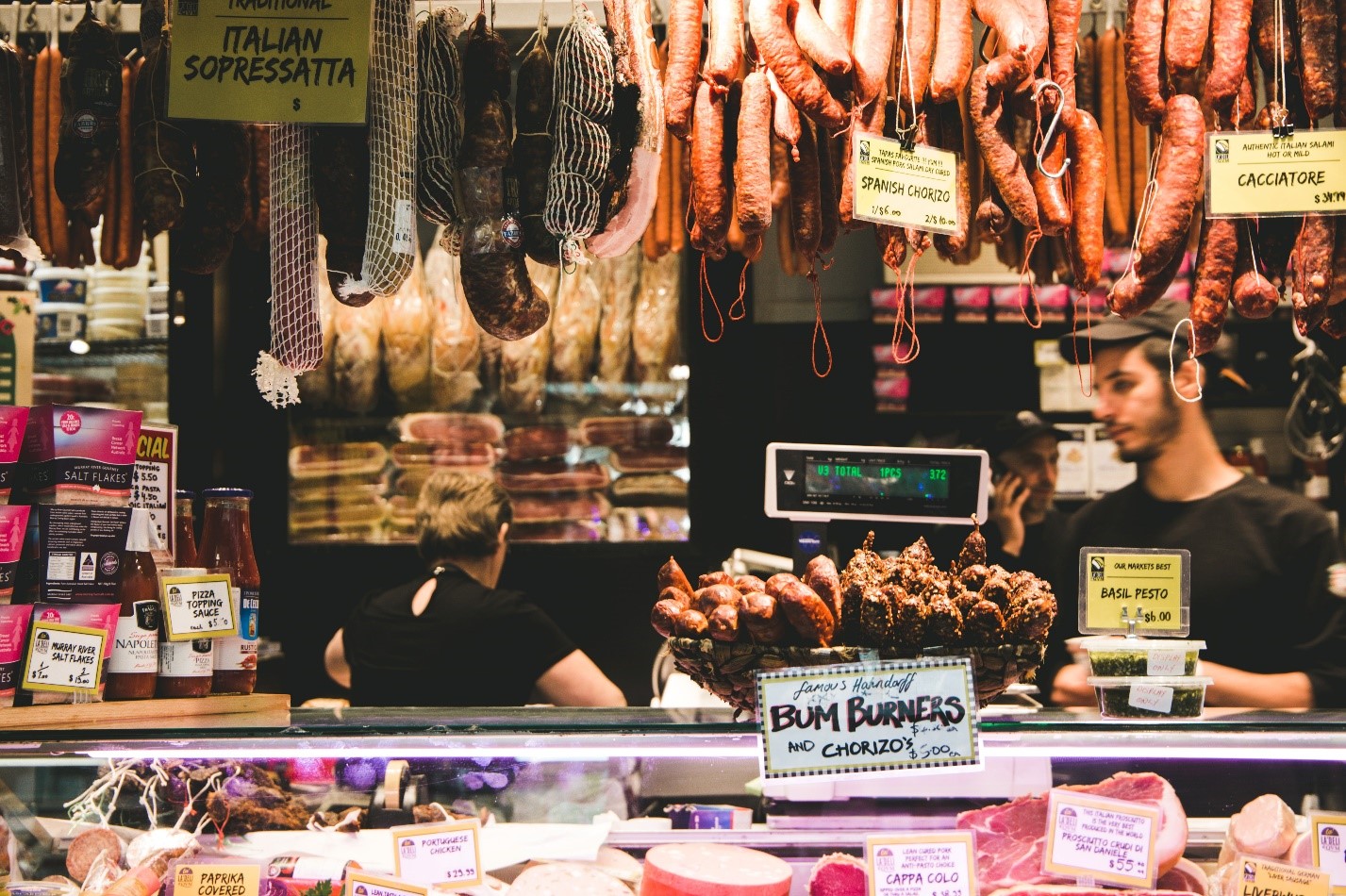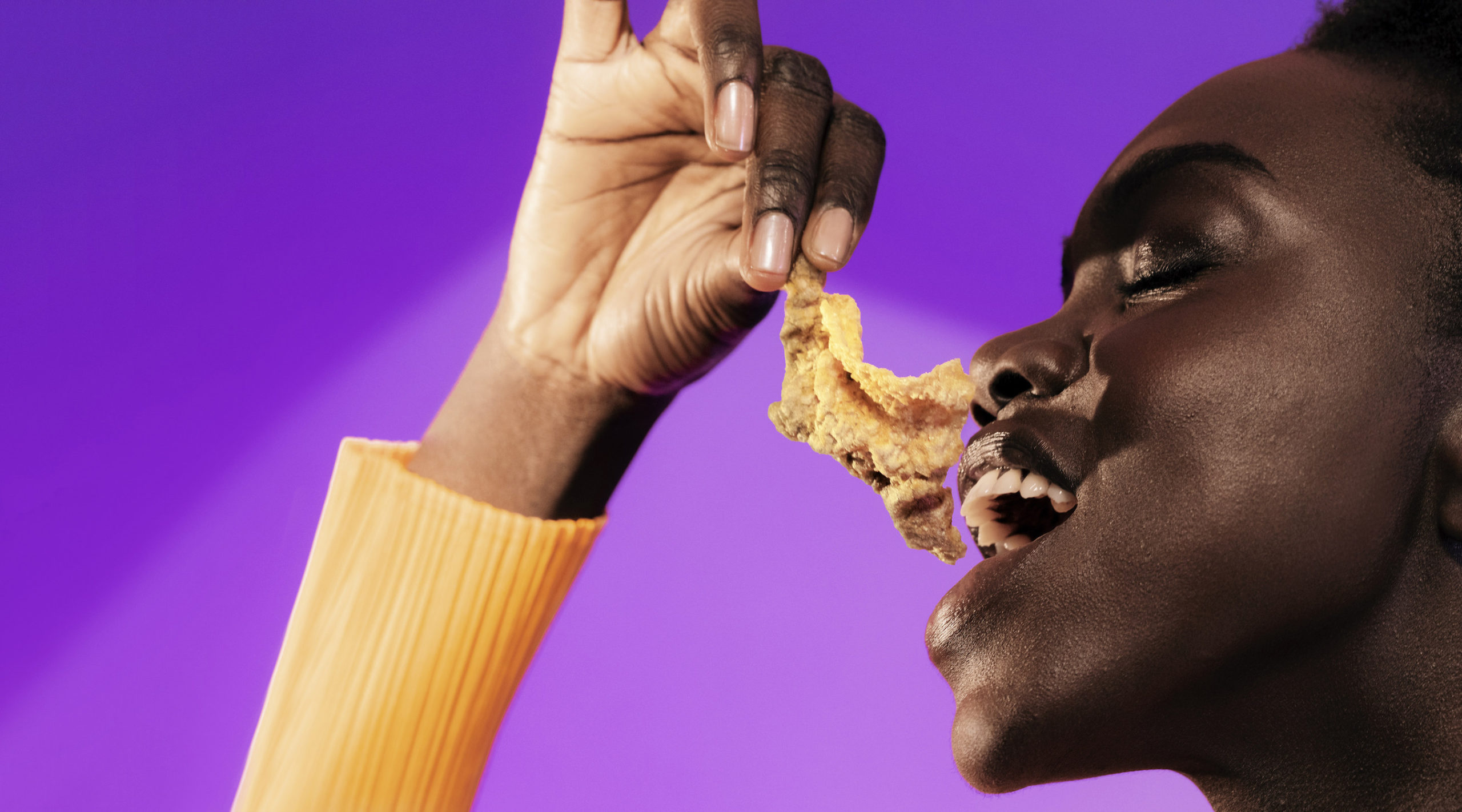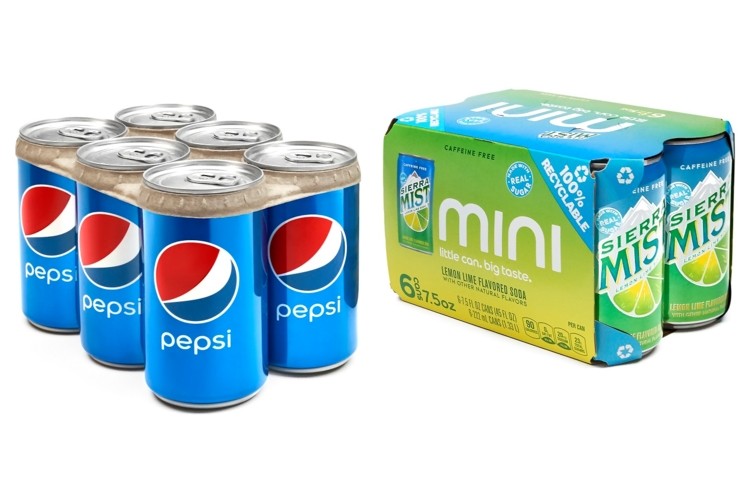With restaurants closed to prevent the spread of COVID-19 and encourage social distancing measures, disposable, single-use food packaging appears to be making a comeback. Many consumers believe this to be a safer or more hygienic option, but are these beliefs truly warranted?
For many years, sustainability has been a key trend and driver in the business and marketing strategies for many food and beverage companies. One of the main initiatives has generally been to cut down on the use of single-use plastic bottles and packaging. But experts say it is likely that companies may resort to plastic packaging to combat the spread of the pandemic, putting the sustainability aspect in the back seat again.
Related: Colorado-Based Sustainable Foodservice Supplier Expands Line of Compostable Products
Single-use packaging has faced its fair share of criticism in recent years because of environmental concerns. But because of limited handling and access to the inner products, it might be seen as a better packaging alternative from a hygiene point of view. Ultimately, this may hurt the sustainability goals set forth by governments and businesses.
Since social distancing has been advised by healthcare professionals, food deliveries and takeaways have become the new norm. The rise in food deliveries will likely lead to the adoption of disposable packaging since it is widely available and generally cheaper. But is plastic packaging actually safer when it comes to preventing the spread of COVID-19?
A study published in March in the New England Journal of Medicine determined that this strain of coronavirus could live “up to two to three days” on plastic and stainless steel surfaces, and “suggests that people may acquire the virus through the air and after touching contaminated objects.” If plastic food packaging is not properly cleaned before contact is made, it may not be as safe as expected.
The virus is revealing that the food and beverage industry lacks the systems needed for reusable to-go, takeout and delivery. There is no better time for packaging companies to invest in more research, design, innovation and production practices to help ease the surge of single-use plastics during and after the pandemic.
One way or another, the safest way to proceed and keep food and groceries as hygienic as possible is to observe proper cleaning protocols, regardless of whether plastic packaging is used.










Join or login to leave a comment
JOIN LOGIN